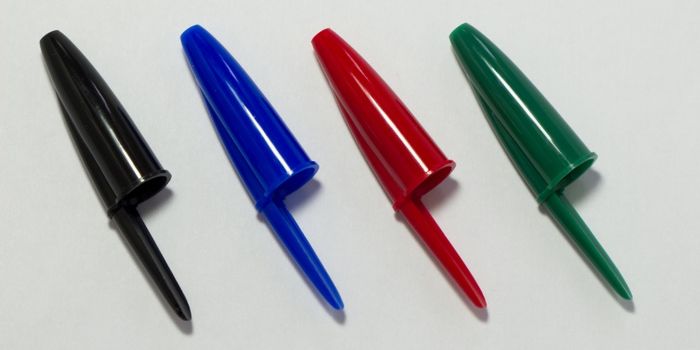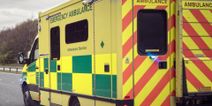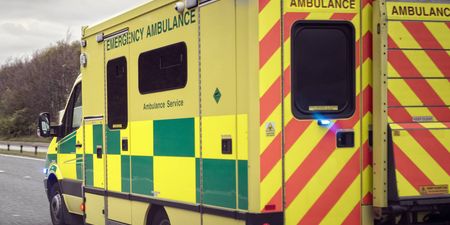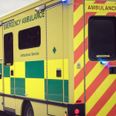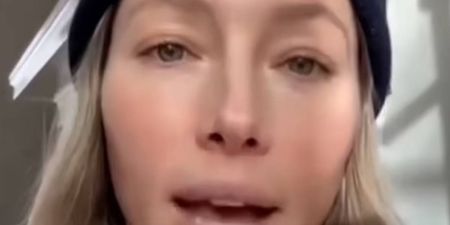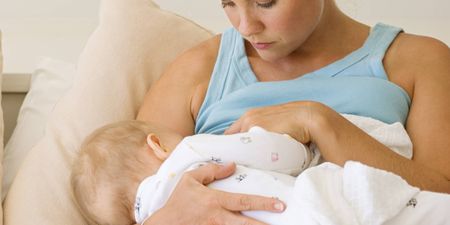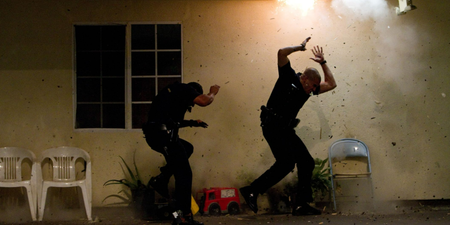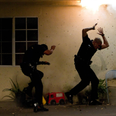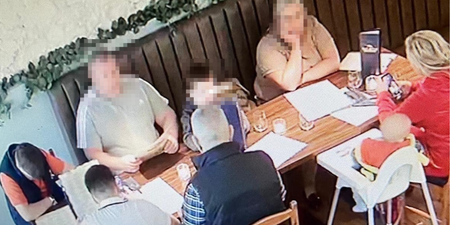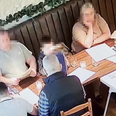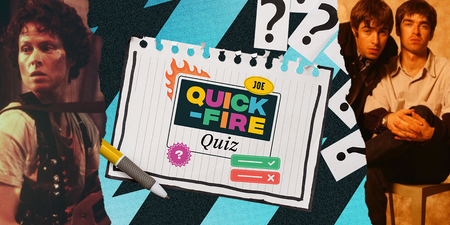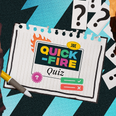You’ve probably wondered at some stage…
There’s an important reason why BIC pens have a hole in their lid, and it’s all to do with user safety.
The lid of the pens have a hole in them due to the fact the lids are a choking hazard and the hole reduces the chance of someone accidentally choking on one of them.
If someone accidentally swallows one and it blocks their windpipe, the hole allows people to be able to breath.
BIC said on its website: “In addition to help prevent the pen from leaking, all our BIC caps comply with international safety standards that attempt to minimize the risk of children accidentally inhaling pen caps.
“Some of these vented caps, like that used for the BIC Cristal, has a little hole in the top to comply with the existing safety standards.”
The following advice is recommended if you come across someone who is choking.
Partial airway obstruction
Ask the patient ‘are you choking?’ to determine whether their airway is completely blocked. If they are unable to answer or make noise, treat as for total airway obstruction.
If they can answer or breathe:
1. Reassure and encourage the patient
- Stay with the patient until full recovery has occurred.
- Encourage the patient to cough and expel the foreign body.
Total airway obstruction
1. If patient is conscious, give up to 5 back blows
- With an adult or child, standing or sitting (and leaning forward), and using the heel of one hand, give the back blows between the patient’s shoulder blades.
- Check between each back blow to see if the item has been dislodged.
- Place a baby face down on your lap for the back blows. Ensure you support the baby’s head. Give firm back blows, checking between each to see if the item is dislodged.
2. If unsuccessful, give up to 5 chest thrusts
- With an adult or child, standing or sitting, wrap both arms around the patient, at chest level.
- Place one fist with the thumb side against the middle of the breastbone.
- Grasp that fist with your other hand and give up to 5, separate, inward and upward thrusts.
- Check between each chest thrust to see if the item has been dislodged.
- Place a baby face upwards on a firm surface and give up to 5 sharp chest thrusts just below the nipple line, checking between each thrust.
The back blows and chest thrusts are given separately with a check after each one to see if the obstruction has been relieved.
3. If the obstruction has not been relieved
- Ensure an ambulance has been called.
- Continue alternating back blows and chest thrusts until the ambulance arrives.
- If the person becomes unresponsive, begin CPR.
LISTEN: You Must Be Jokin’ with Aideen McQueen – Faith healers, Coolock craic and Gigging as Gaeilge
